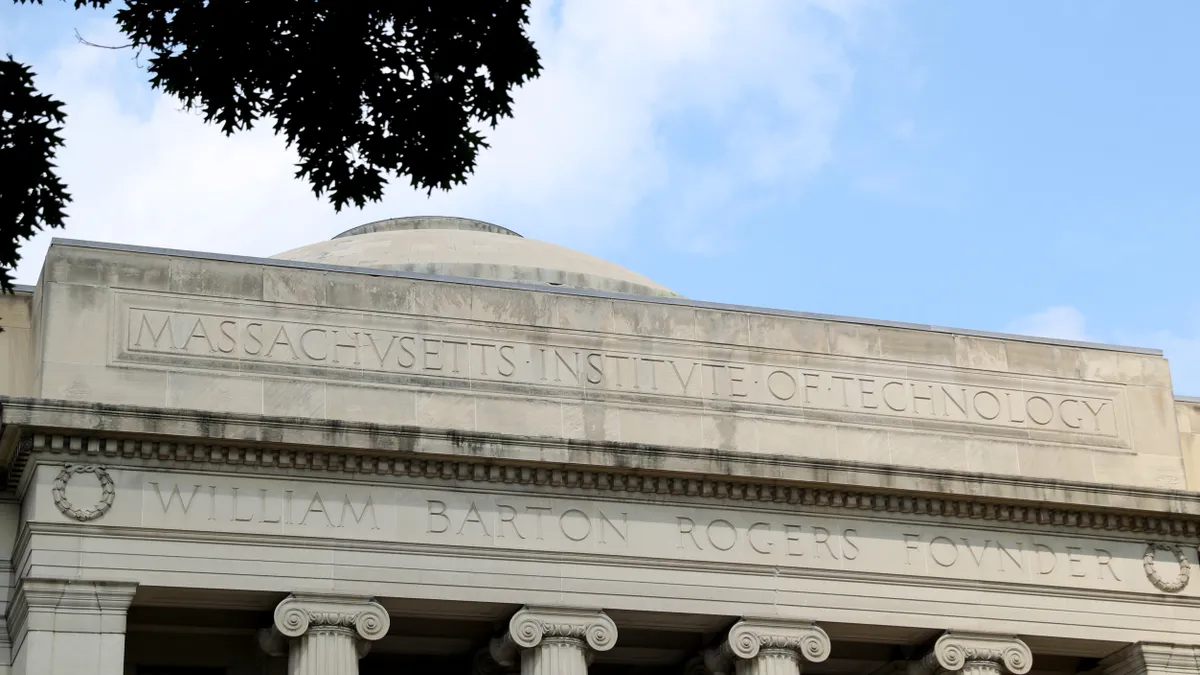Dive Brief:
- The White House's coronavirus task force, which contains several top health officials, for months has been offering public health guidance to colleges, but some aren't following it.
- As one example, in a report dated Oct. 4, the panel urged three Idaho universities to switch to online learning, given high coronavirus positivity rates among young adults in their counties. The schools did not make the switch.
- All levels of government are making recommendations to colleges, which can complicate their ability to comply.
Dive Insight:
The public has seen one early example of a college disregarding public health guidance. The University of North Carolina at Chapel Hill opted to hold face-to-face classes this fall despite the local health department's advice otherwise. The institution ultimately flipped back to virtual instruction soon after the semester began, following a spike in confirmed cases on its campus.
Similarly, the three Idaho institutions — University of Idaho, Brigham Young University-Idaho and Boise State University — have largely held firm to their campuses' approaches despite the White House's recommendations, which focused on the high positivity rates among 18- to 24-year-olds in their counties.
The White House releases weekly reports to state governors about the status of the pandemic in their jurisdictions. These are not public, but some have been obtained by the Center for Public Integrity, a Washington, D.C.-based nonprofit news organization.
Schools are in a tough spot, said Chris Marsicano, founding director of the College Crisis Initiative at Davidson College, which tracks institutional responses to the pandemic.
For months, they have needed to weigh guidelines from local and state health departments, as well as the Centers for Disease Control and Prevention. The latter recently spurred confusion after it switched its position on testing, which Marsicano called a "moving target" for colleges.
Institutions can't afford to follow every piece of health guidance, leaving them to decide which entities they want to listen to, Marsicano said. And the White House's task force, while high-profile, lacks the power to shut down campuses, he said.
"It's a choose-your-own adventure, and you have to pick the guidelines that best comport with what you're capable of doing," Marsicano said.
The task force report stated that the positivity rate among 18- to 24-year-olds in Latah County, where U of Idaho is based, was more than 80%.
Jodi Walker, a U of Idaho spokesperson, suggested in an email that the White House information was incomplete, and that it didn't match findings from the university's lab. The university screened all students for the virus when they came back in August and it continues to run surveillance testing, Walker wrote in the email, noting that last week, it tested 3,642 students and found a 2.2% positivity rate.
Boise State beefed up testing protocols, including mass surveillance testing of asymptomatic students and employees, officials wrote in a message to campus last week, but said the university would not shift to remote learning.
Brigham Young-Idaho did not respond to Education Dive's request for comment, but it recently condemned reports of individuals intentionally trying to contract the virus in order to sell plasma that contains COVID-19 antibodies.
The White House task force has made other suggestions for colleges aside from closing schools. In the latest round of reports made public, dated Oct. 11, it suggested colleges in some states, such as Arkansas, Kansas and Missouri, test students before releasing them for Thanksgiving break.
The body has called out other institutions. The Maine report from Oct. 11 states that the University of New England should post "testing volumes as well as results." A university spokesperson said public health officials did not contact the school to make it aware of the recommendation, but the change was one the school was already considering.













